Home >Backend Development >PHP Tutorial >Detailed introduction to php curl_exec
Detailed introduction to php curl_exec
- 怪我咯Original
- 2017-06-10 10:30:482537browse
In PHP, the curl_exec function is one of the PHP cURL function lists. Its function is to execute a cURL session. This article summarizes some usage examples of the php curl_exec function. 1. Detailed explanation of usage examples of PHP curl_exec function. This article explains in detail the syntax and examples of PHP curl_exec function. This function should be called after a cURL session is initialized and all options are set. Its return value: TRUE on success, or FALSE on failure. However, if the CURLOPT_RETURNTRANSFER option is set, the function will return the result of the execution if it succeeds, and FALSE if it fails. 2. php curl_exec() function CURL method of obtaining the return value. This article mainly introduces two methods of php curl_exec() function CURL obtaining the return value. The first method is to obtain the page content and directly output the example. The second method of obtaining page content without directly outputting example
1. php curl_exec() return value summary
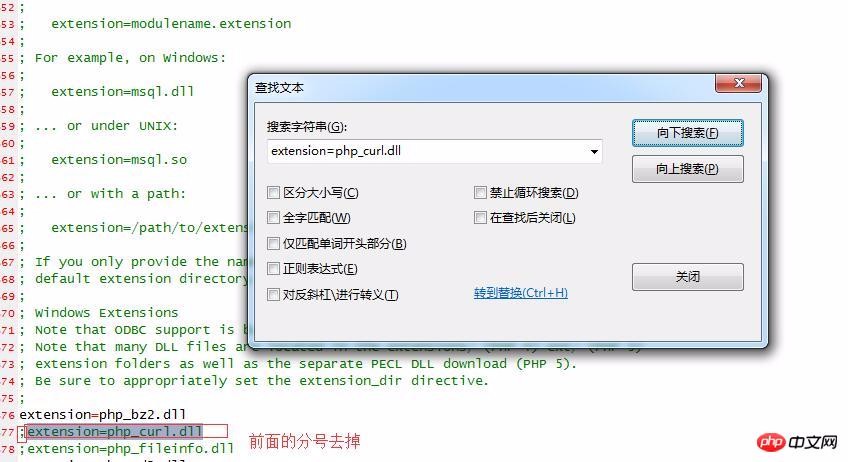
Introduction: In PHP, the curl_exec function is one of the PHP cURL function lists. Its function is to execute a cURL session. This article summarizes some usage examples of the php curl_exec function.
2. Solution to php curl_exec function returning false
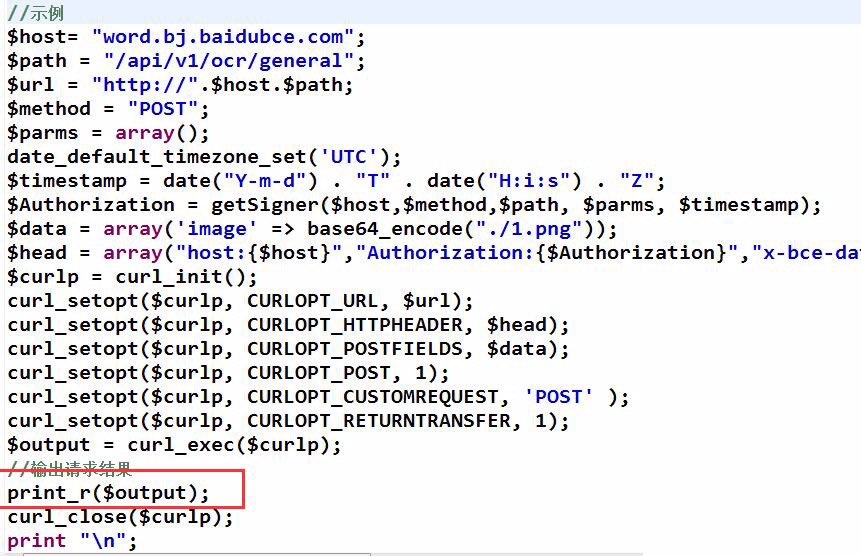
##Introduction: Those who have learned about the php curl_exec function know that it executes a given cURL session. Returns TRUE on success or FALSE on failure.
3. php curl_exec() function CURL method to get the return value
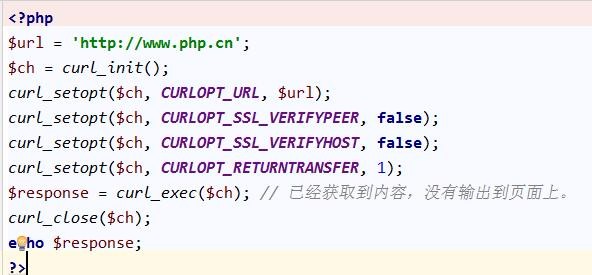
Introduction: There is a parameter CURLOPT_RETURNTRANSFER in CURL: This parameter returns the information obtained by curl_exec() in the form of a file stream instead of outputting it directly. For example: The function of the CURLOPT_RETURNTRANSFER parameter is to assign the content obtained by CRUL to a variable. It defaults to 0 and directly returns the text stream of the obtained output. Sometimes, it would not be good if we want to use the return value for judgment or other purposes. So, sometimes we want the returned content to be stored as a variable instead of output directly, so what should we do?
4. php curl_exec function to obtain the output information of the CURL request
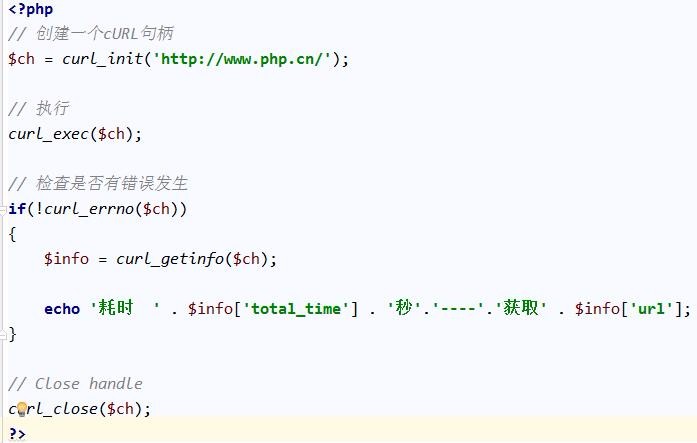
5.
Share a solution when the PHP server does not support the php curl_exec function
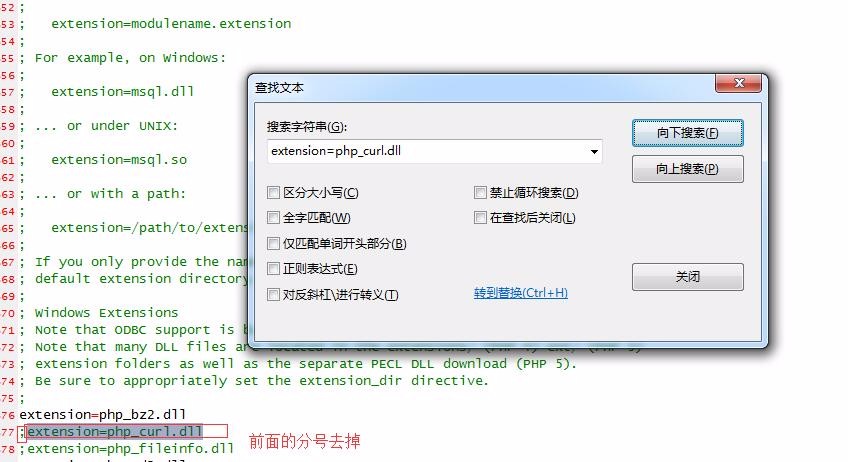 ##Introduction: I have explained to you how to use the php curl_exec function, but sometimes you will find that the server does not support the curl_exec function. When you encounter this situation, don’t worry, follow The following method will solve your problem quickly. Let’s take a look.
##Introduction: I have explained to you how to use the php curl_exec function, but sometimes you will find that the server does not support the curl_exec function. When you encounter this situation, don’t worry, follow The following method will solve your problem quickly. Let’s take a look.
6.
Detailed explanation of usage examples of PHP curl_exec function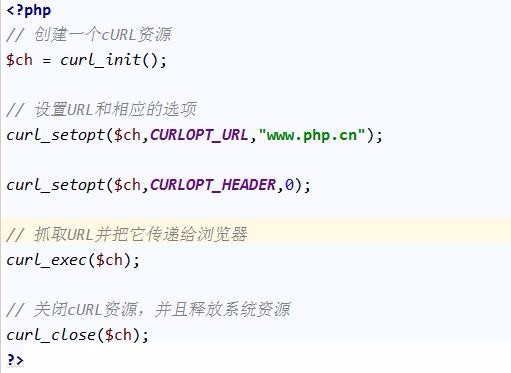 ##Introduction: What does the curl_exec function do? The php curl_exec function is one of the PHP cURL functions. Its function is to execute a cURL session.
##Introduction: What does the curl_exec function do? The php curl_exec function is one of the PHP cURL functions. Its function is to execute a cURL session.
7. php function curl
Introduction: curl_init — Initialize a curl session curl_copy_handle — Copy all contents and parameters of a curl connection resource curl_errno — Return an error message containing the current session curl_error — Returns a string containing error information for the current session curl_exec — Execute a curl session curl_getinfo — Get information about a curl connection resource handle curl_multi_init — Initialize a... [Related Q&A recommendations]: php - curl_exec failed but the target server nginx returns 200 php - curl_exec requests load balancing resources slowly php - win7 64-bit curl_exec($ch) returns always false curl fake address how to obtain the two JSOM data in the address 
The above is the detailed content of Detailed introduction to php curl_exec. For more information, please follow other related articles on the PHP Chinese website!

